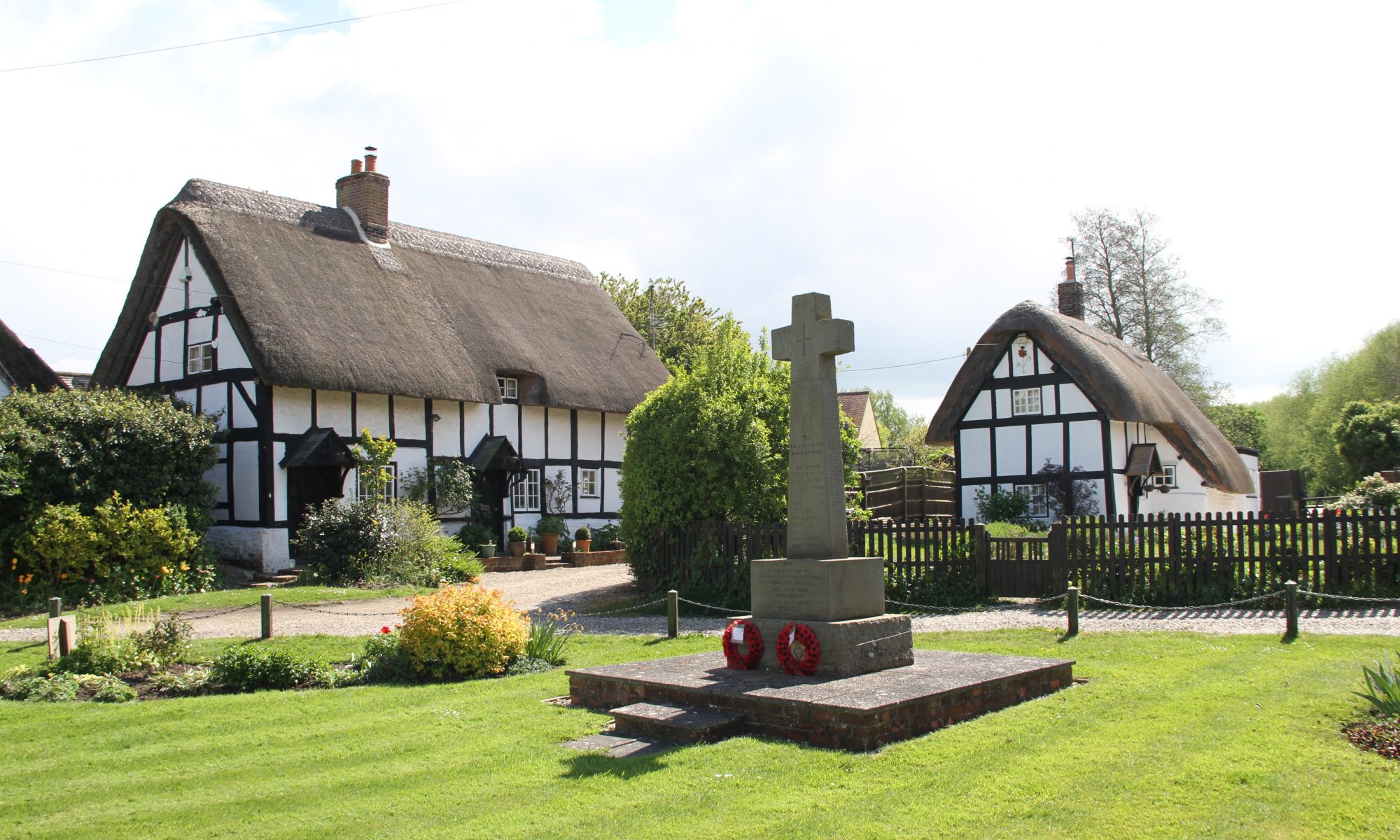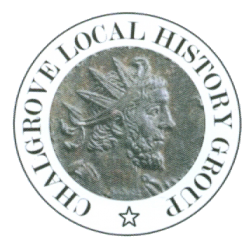Subscriptions to raise a monument close to where John Hampden was mortally wounded were sought personally by Lord Nugent from his friends and political associates. Those with Hampden family connections also offered financial assistance. Rev. Renn Dickson Hampden DD offered the plot of land on which the Monument stands.
Lord Nugent’s biography ‘Some Memorials of John Hampden his Party and his Times’ published in 1832 has the Battle in a Chalgrove cornfield beyond a boundary hedge-row in the enclosures at the bottom of Golder Hill. An advertisement for the unveiling of the Monument in ‘The Aylesbury News’ 27th May 1843 had, ‘Hampden Commemoration on Chalgrove Field, at which John Hampden received his death wound’. The bottom of Golder Hill is a full mile from where the Monument was raised but to satisfy his illustrious subscribers the words, ‘within a few paces of this spot he received the wound of which he died’ are chiselled into the west face. Nugent deceived his subscribers but also confused historians for the Battle was not in a Chalgrove cornfield but 770 yards north of the Monument on the left of Warpsgrove Lane. Prince Rupert jumped a hedge out of Upper Marsh Lane, now a farm track, the hedge-line still intact, looking towards Warpsgrove.
Aylesbury_News_AdvertThe original plot of land, on which the Monument stands, was listed as measuring seven perches (approx. 7 yards by 51/2 yards) in the Enclosure Award of 1845. Here it states the land, plot 222, was allotted for 2 pounds 5 shillings by the Commissioners to the Rev. Renn Dickson Hampden D.D. his heirs and assigns. In the 1822 Magdelen College’s map gazetteer of Chalgrove has the monument site owned by the church, being a corner of a field known as Little Bush Furlong. The Monument was situated at the crossroads of the Watlington to Oxford Road and Warpsgrove Lane and by deception the site that Lord Nugent espoused as being close to where Hampden was mortally wounded.

Renn Dickson Hampden was born on a Barbadian sugar plantation in 1793. A relative of Renn has a vellum scroll of this line of the Hampden pedigree starting Baldwin de Hampden 1043. Written on the corner of this vellum is “Domesday Book. From the Ancient Vellum roll at Hampden House dated 1579. Noble’s House of Cromwell Vol 2, p82.” There is an apparent presence in Barbados, states the relative, of a Charles Hampden in 1620 – aged seven, John aged five and Renn – born after his father’s death aged five months. Records in Stowe House relate to a Charles Hampden, a family familiar name, probably residing at Hartwell House c1600. There is a note in the Great Hampden Parish Register of a Caribbean Hampden dying in 1574. Providence Island in the Caribbean was colonised by Hampden’s and other pirates but the facts are hazy. Lord Say and Seal of Broughton, with John Hampden and Lord Brook in 1634 set up the Providence Island Company in the town of Saybrook. In 1641 the Spanish overran Providence Island and in 1645 the Hampdens arrived on Barbados. Records of the Barbadian Hampdens genealogy from 1674 are extant. Christchurch was devastated by a hurricane in 1674 and the genealogy from 1645 -1674 was given from living memory.
The Hampden’s were God fearing people and owners of sugar plantations operated with slave labour. William Wilberforce’s drive for slave emancipation reached Barbados and the Hampden’s position there became untenable. The Hampden ancestors of those who left England 200 years before returned to Ewelme, Oxon and settled in Ewelme Old Mansion.
John Hampden’s direct male line of descent died out in 1754 and the Hampden estate passed to the Trevor’s. The Hampden Estate was soon to be contested on the demise of the last Trevor in 1824. Renn Dickson Hampden, it is reported, applied to the College of Arms c1824 presenting the ancestral Coat of Arms which were remarkably similar to those held by John Hampden. The rival Hobart family won the day and in 1825 the Hobarts took over the title of Earls of Buckinghamshire, but this was under constant challenge. Renn Dickson Hampden nevertheless successfully applied for a Coat of Arms, similar to those held by John Hampden, in 1848. He later became Bishop of Hereford.
Associations were being made about the integrity of John Hampden’s ancestors. Letters in ‘The Gentleman’s Magazine’ spoke of Hampden’s pistol exploding in his hand at the battle of Chalgrove. Hampden’s reputation as the Patriae Pater and brave soldier was being undermined. What cheapskates, supplying a sub-standard pistol that exploded and killed the user the Earl’s detractors harangued? Lord Nugent had been using John Hampden’s name as an exemplar in his campaigns to become an MP. The chancel floor was being repaired and Nugent saw this as an opportunity to lay to rest the question of the exploding pistol shattering his hand or carbine bullets in the shoulder that caused his death. Nugent convinced the 5th Earl that exhuming John Hampden would settle the argument once and for all. In July 1828 Nugent mistakenly exhumed William Hampden, John’s father.
Nugent wrote that he had been mistaken in his statement that ‘he had looked into the eyes of The Patriot’. Erecting the Monument to atone for his actions and to restore John Hampden’s reputation he succeeded in both but sowed the seeds of doubt to the importance of the Battle and its location. The battle of Chalgrove is only of importance because of John Hampden’s mortal wounding spout historians, their history taken from The Gentleman’s Magazine. The issue of skirmish or Battle lives on in the face of overwhelming evidence of the importance of the Battle of Chalgrove.
ORDNANCE SURVEY PLACEMENT OF THE BATTLEFIELD
Surveyors from Ordnance Survey came to Chalgrove in 1880 and on reading ‘and here within a few paces of this spot he received the wound of which he died’ and assured that the battle took place in a Chalgrove cornfield on the south side of the lane in the field obliquely opposite, they wrote on their map in bold letters – C H A L G R O V E F I E L D – stretching the words from the hedge bordering waht is now the airfield across the fields over the hedges that line the Oxford road on over the hedges of Warpsgrove lane into the field north of the Monument. On the south side of the Oxford road and under the words Chalgrove Field they wrote – Site of Battle A D 1643. The surveyors were clearly unsure of the location of Nugent’s Chalgrove Field. The Inclosure Award map, Magdalen College maps of 1822 and 1679 with gazetteers were available to the surveyors. The field specified for the battle has been named Houndswell since the earliest times and there is no mention in this area of a Chalgrove Field.
ENGLISH HERITAGE
English Heritage Battlefield Register’s report (1995) based its interpretation of the battle of Chalgrove on Oxoniensia volume 38 published 1973. English Heritage are insistent that Chalgrove was a skirmish and only of significance because John Hampden was mortally wounded. The Chalgrove Battle Group’s, aka Derek and Gill Lester, thesis on the battle of Chalgrove was accepted by an Independent Review Panel which obliged English Heritage to list Chalgrove as a battle on its Register. They did so with extremely bad grace passing their animosity to the Battlefields Trust.
Oxoniensia volume 38 published 1973 (available online) pp 346 – 356 has ‘The Raid on Chinnor and the Fight at Chalgrove Field’, J Stevenson and A Carter. It reiterates Nugent’s claim that ‘he (Hampden) had lain that night in Watlington’ and on the first alarm ‘he instantly mounted’ his horse and rode off alone to fight 2,000 Royalists leaving his officers and men at Watlington. How else can John Hampden be at the Battle of Chalgrove without his officers and men? Stevenson and Carter’s interpretation of events concerning Chalgrove is accepted by English Heritage despite Oxoniensia publishing in volume 80 2015 ‘The Military and Political Importance of the Battle of Chalgrove 1643’, which utterly repudiated this.
Back to Battle of Chalgrove Main Page.

